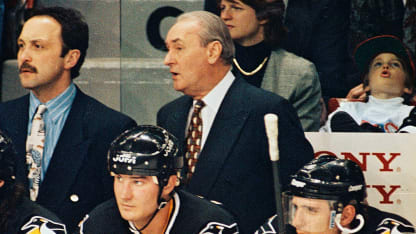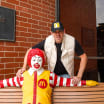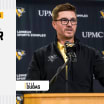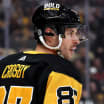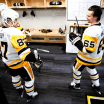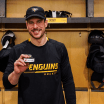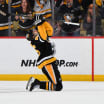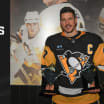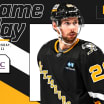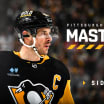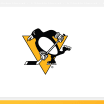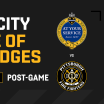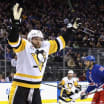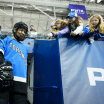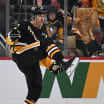"I came in at 19 (years old). That was my first camp. That would be 1954 in Montreal," Johnston said.
"It was a couple years ago," he added with a laugh.
Johnston has seen the game evolve drastically in the past six-plus decades. Everything from the equipment to the staffing to the length of camp has changed.
"Back then you used training camp to get into shape," he said. "You just enjoyed yourself in the summertime because you wouldn't put a pair of skates on until September. Then the first two, three weeks was to get into shape. You didn't even play a game.
"Now you have three days of camp and you play a game. Nowadays you better come (to camp) in shape for your job."
In the 50s and 60s when the players arrived they would practice for 90 minutes every day, and on game days they would work on their conditioning following the game.
"The coaches would drill the hell out of you," Johnston said. "That was the only way to get into shape."
And the culture has also shifted. Players take care of their bodies all-year round, eating healthy and training hard. There is no real offseason anymore. And they become even more committed once camp begins.
"I was with the (Boston) Bruins in 1962 and we had tough guys," Johnston said. "They would fight and you'd finish practice, 10 or 12 would go and have a beer. Then you sweat it out the next day. That doesn't happen now."
Staffing has changed dramatically over the years, especially with the specialization of the sport.
"When I first coached the (Chicago) Blackhawks, I was the only guy on the bench," said Johnston, who stepped behind the bench for Chicago in 1979. "There were no assistant coaches. The coach used to help the trainers pack the bags and do a lot of stuff. There was no video stuff.
"Now you have three, four coaches on the bench, guys upstairs, video guys, (analytics) guys. It's crazy."
That specialization includes equipment. Players today have multiple equipment staffers to take care of their every need. And they have multiple sets of gear and endless access to sticks. That wasn't always so.
"You only had one set of pads," Johnston said. "And when they got wet, they were really heavy. You couldn't use a different set. Now you can lift up the pads with one finger. I was black and blue from the first day of training camp because of the equipment. We never had shoulder pads like they have now."
Johnston also is one of the last goaltenders to play without a helmet or facemask of any kind.
"No brains either," Johnston laughed. "I used to say, I wore No. 1, and everybody said that was my IQ."
Johnston is a sprite 83 years old. He's been involved in NHL hockey for the past 65 years, and he's hoping there are many more to come.
"The guy upstairs has been very good to me," Johnston said. "I thank the organization. I thank Mario (Lemieux) and everybody for keeping me aboard.
"I've been very blessed."
